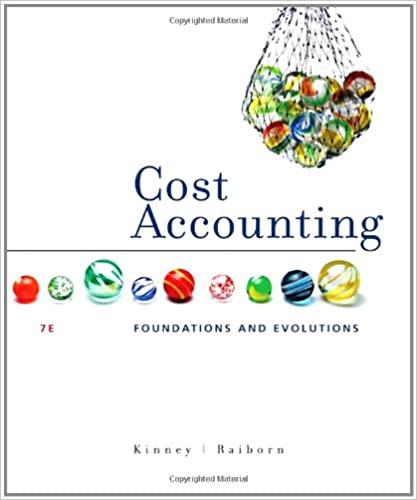Calculate the present value of unlevered cash flows for the first 5 years
Calculate the present value of levered cash flows for the last 5 years
Calculate the present value of interest tax shields for the first 5
Calculate the present values of interest tax shields for the beyond 5 years

Meg has suggested the potential LBO to her partners, Ben and Brenton. Ben and Brenton have asked Meg to provide projections of the cash flows for the company. Meg has provide the following estimates (in millions): Please review info and complete requirements for the Final Case Analysis: The Leveraged Buyout of Cheek Products, inc. Cheek Products, Inc. (CPI), was founded 53 years ago by Joe Cheek and originally sold snack foods such as potato chips and pretzels. Through acquisitions, the company has grown into a conglomerate with major divisions in the snack food, home security systems, cosmetics, and plastics industries. Additionally, the compary has several smaller divisions. In recent years, the company has been underperforming, but the company's management doesn't seem to be aggressively pursuing opportunities to improve operations (or the stock price). Meg Whalen is a financial analyst specializing in identifying potential buyout targets. She believes that two major changes are neoded at CPI. First, she thinks that the company would be better off if it sold several divisions and concentrated on its core competencies in snack foods and home security systems. Second, the company is financed entirely with equity. Because the cash flows of the company are relatively steady, Meg thinks the company's debt-equity ratio should be 25 percent, She believes these changes would significantly enhance shareholder wealth, but she also believes that the existing board and company management are unlikely to take the necessary actions. As a result, Meg thinks the company is a good candidate for a loveraged buyout. A leveraged buyout (LBO) is the acquisition by a small group of equity investors of a public or private company. Generally, an LBO is financed primarily with debt. The new shareholders service the heavy interest and principal payments with cash from operations and/or assot sales. Shareholders generaly hope to reverse the LBO within three to seven years by way of a public offering or sale of the company to another firm. A buyout is therefore likely to be successful only if the firm generates enough cash to service the debt in the early years and if the company is attractive to other buyers a few years down the road. Meg has suggested the potential LBO to her parthers, Ben Feller and Brenton Flynn. Ben and Brenton have asked Meg to provide projections of the cash flows for the company, Meg has provided the following estimates (in millions): (See Final Case Sheet above) Al the end of five years, Meg estimates that the growth rate in cash flows will be 3.5 percent per year. The capital expenditures are for now projects and the replacement of equipment that wears out. Additionally, the company would realize cash flow from the sale of several divisions. Even though the company will sell these divisions, overall sales should increase because of a more concentrated effort on the remaining divisions. After plowing through the companys financials and various pro forma scenarios, Ben and Brenton feel that, in five years, they wil be able to sell the company to another party or take it public again. They also are aware that they will have to borrow a considerable amount of the purchase price. The interest payments on the debt for each of the next five years if the LBO is undertaken wil be (in milions): The company currently has a required return on assets of 14 percent. Because of the high debt level, the debt will carry a yleld to matunty of 12.5 percent for the next five years. When the dobt is refinanced in five years, they believe the new yleld to maturity will be 8 percent. CPI currently has 215 million shares of stock outstanding that sell for $29 per sharo. The corporale tax rate is 21 percent. If Meg. Ben, and Brenton docide to undertake the LBO, what is the most they should otler per share








